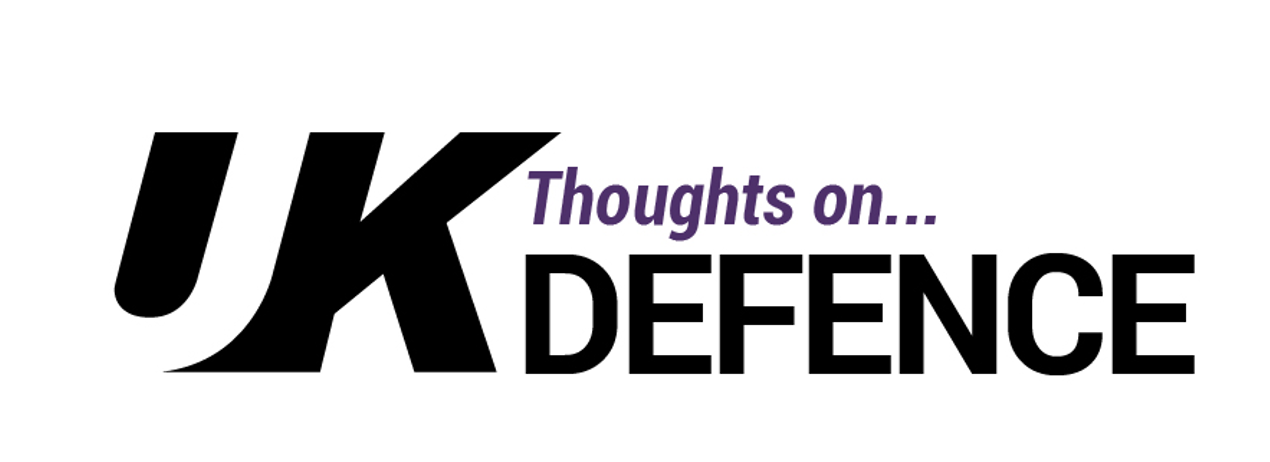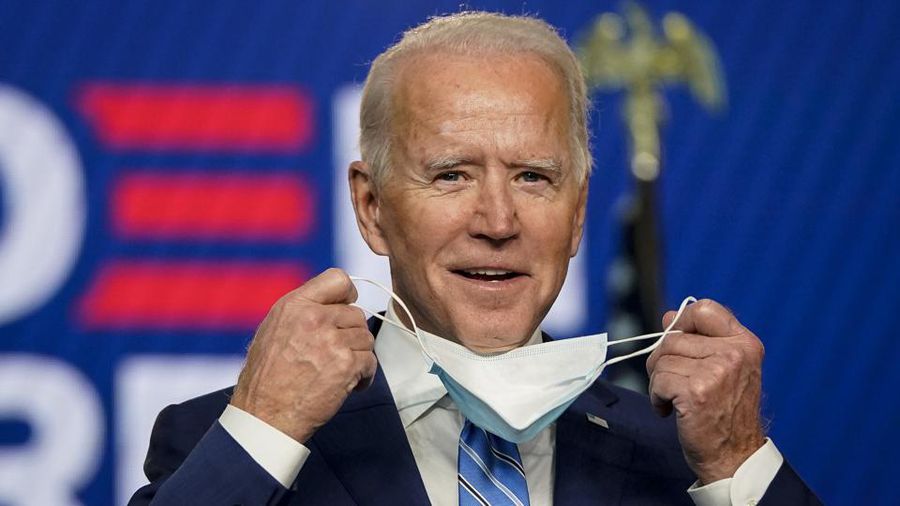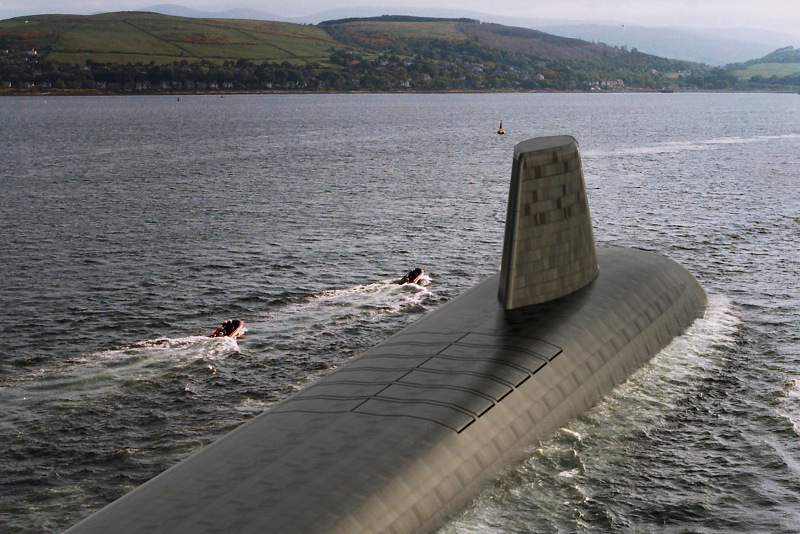Prime Minister Boris Johnson has finally made his choice and earlier this month Her Majesty the Queen approved the appointment of Admiral Sir Tony Radakin as the next Chief of the Defence Staff. As onUKDefence predicted, the current First Sea Lord beat General Sir Patrick Sanders to the top job, which he takes over at the end of November. And, like most military officers about to begin a new appointment, the incoming Chief of the Defence Staff is probably already thinking about what he needs to do to make a name for himself.
General Carter’s Legacy
General Sir Nick Carter was appointed Chief of the Defence Staff in June 2018. It has been a busy time. In his 2019 annual RUSI lecture, General Carter confirmed that the transformation of the armed forces, to meet an extremely complex, dynamic and competitive strategic context, and rapidly evolving character of conflict, was his highest priority. Since then, UK Defence has seen a £16.5 billion increase in the defence budget, over and above the Conservative’s 2019 manifesto commitment, and has been front and centre in the outcomes of the Integrated Review. In addition, the armed forces’ operational commitments have not diminished – in April this year, all three services had personnel deployed on 39 operations in 46 countries. And, of course, in the last 18 months, the military has also been squarely in the public eye as a result of the MoD’s considerable contribution to the government’s coronavirus response.
Admiral Radakin’s Inbox
So, what does the incoming Chief of the Defence Staff have in his inbox? Frankly, all of the above. Carter’s challenges will become Radakin’s challenges. However, they already have agreed directions of travel and recognised owners. At the highest level, the MoD has set out its new approach to the utility of armed force – the Integrated Operating Concept. Getting to grips with multi-domain integration is firmly in the hands of Commander Strategic Command, as is Defence’s contribution to cyber; the Chief of the Air Staff is busy integrating the new operating domain of space into his own service’s portfolio; and Admiral Sir Ben Key, Radakin’s successor as First Sea Lord, will no doubt take the lead in the Defence tilt to the Indo-Pacific. Even the big decisions on spending the additional money promised to Defence will, in the main, be taken by the Service Chiefs and Commander Strategic Command. If he’s not careful, the incoming Chief of the Defence Staff will spend his time simply overseeing the implementation of his predecessor’s initiatives.
New Challenges
Moreover, with so much already set in train, there is a danger that anything new will simply be too much. That said, there is one challenge that desperately needs addressing. Defence faces a serious problem in the way it goes about its day-to-day business, from the top of the MoD downwards. Some parts of Defence have too much authority; others do not have enough. Many regulations are constricting and stifle innovation; elsewhere, organisations and individuals can and do put their own interests ahead of the wider needs of Defence. Peacetime chains of command are often disjointed, allowing some to abdicate responsibility and providing scope to ‘consent and evade’. In short, the higher management of Defence is broken.
The authoritative statement of how Defence is managed is set out in the Defence Operating Model. And in an organisation with so many chiefs, it is definitely needed! However, the latest iteration – How Defence Works, Version 6 – is not fit for purpose. Ten years ago, a major study was carried out into departmental management at the MoD. What followed was the Levene Reforms, which aimed to provide a clear allocation of responsibility, authority and accountability at the highest level. These changes are showing their age and a root and branch review is now needed. Of course, any attempt to re-align existing responsibilities is bound to be met with resistance by those comfortable with the status quo; therefore, real change will only be achieved through the personal investment of time and effort from the very top of Defence.
Conclusion
The role of Chief of the Defence Staff is, without doubt, one of the busiest and demanding in Whitehall. It may be tempting for the new incumbent to do no more than keep a light hand on the tiller of all that is currently going on. However, that is unlikely. The incoming Chief of the Defence Staff will want to make a name for himself by going after something new and demanding. What could be more challenging than making good, once and for all, the higher management of Defence?






